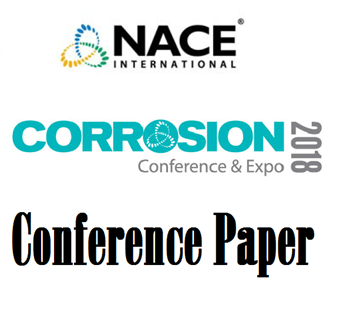Search
Residual Analysis Assay For Thiol-Based VCI Quantification In Top-Of-Line Corrosion Environments
Also Purchased
Dual Functional Corrosion Inhibitor Design And Testing For Top-Of-Line And Bottom Of Line Corrosion
Product Number:
51322-17787-SG
Publication Date:
2022
$20.00
Prediction And Mitigation Of Top Of Line Corrosion Risk Due To Damages In External Pipeline Coating
Product Number:
51321-16789-SG
Publication Date:
2021
$20.00
51318-11117-Top-of-Line Corrosion Inhibiton and Proposal of an Inhibition Mechanism
Product Number:
51318-11117-SG
Publication Date:
2018
$20.00




